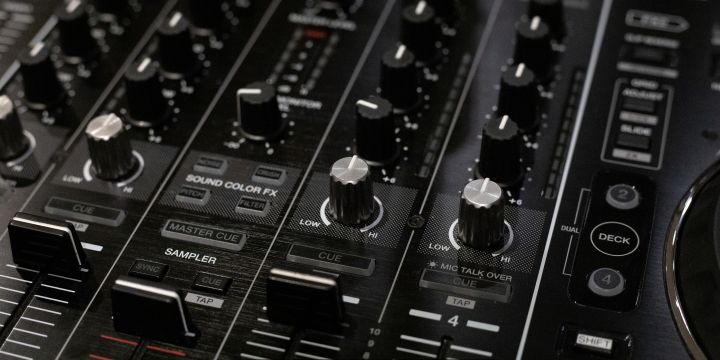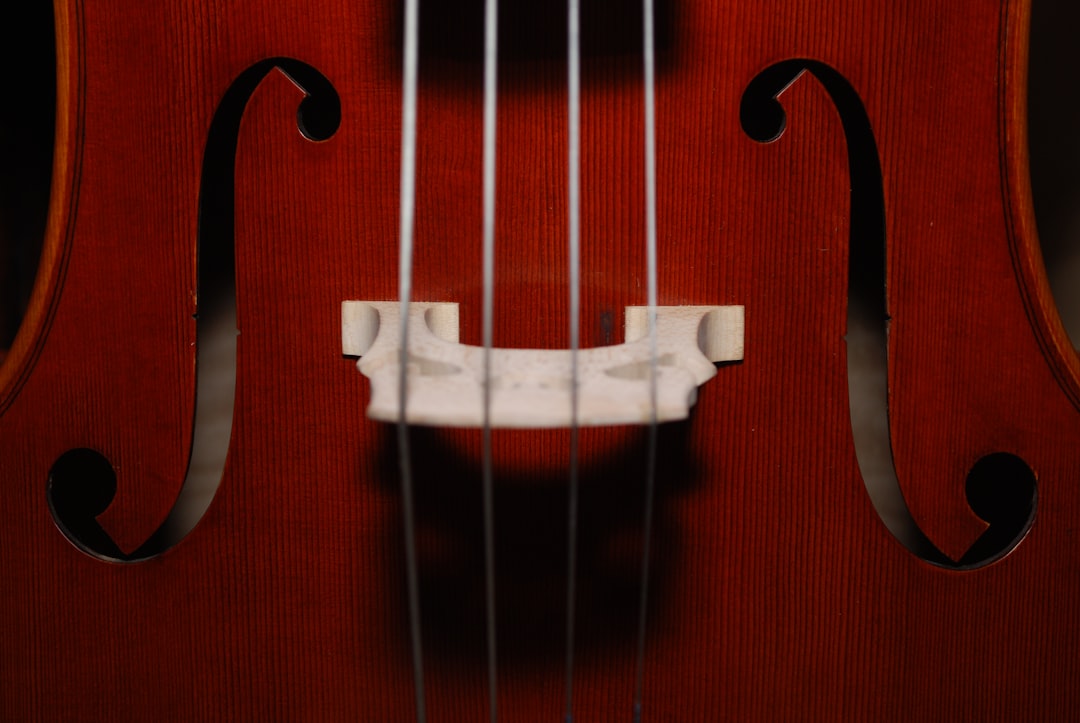When it comes to audio equipment, a blown speaker can be a frustrating and disheartening issue. One of the most common signs that a speaker has blown is a noticeable distortion in sound quality. Listeners may hear crackling, popping, or an overall muffled sound that detracts from the listening experience.
This distortion often becomes more pronounced at higher volumes, making it clear that something is amiss. Additionally, if the speaker emits no sound at all, it is a strong indicator that the speaker has suffered damage. Another telltale sign of a blown speaker is an unusual buzzing or rattling noise.
This can occur when the speaker cone is damaged or when the voice coil is misaligned. In some cases, listeners may also notice that certain frequencies are missing or that the bass response is significantly diminished. These symptoms can be particularly frustrating for audiophiles who value clarity and depth in their sound systems.
Recognizing these signs early can help prevent further damage and facilitate timely repairs.
Key Takeaways
- Signs of a Blown Speaker:
- Distorted or muffled sound
- Rattling or buzzing noises
- Lack of sound from the speaker
- Causes of a Blown Speaker:
- Overpowering the speaker
- Physical damage to the speaker cone
- Testing for a Blown Speaker:
- Visual inspection for damage
- Using a multimeter to check for continuity
- Repairing a Blown Speaker:
- Patching small tears in the cone
- Replacing the voice coil
- Replacing a Blown Speaker:
- Matching the new speaker to the amplifier
- Ensuring proper installation and wiring
- Preventing Speaker Damage:
- Using a power limiter or compressor
- Avoiding overdriving the amplifier
- Upgrading Your Amplifier:
- Matching the amplifier to the speaker’s power handling
- Considering a higher quality amplifier
- Seeking Professional Help:
- Consulting a professional for complex repairs
- Getting advice on speaker and amplifier compatibility
Causes of a Blown Speaker
Understanding the causes of a blown speaker is essential for both prevention and repair. One of the primary culprits is overdriving the speaker, which occurs when an amplifier sends too much power to the speaker beyond its rated capacity. This can lead to overheating and eventual failure of the speaker components.
In many cases, users may not realize they are pushing their equipment too hard, especially during loud listening sessions or parties. Another common cause of speaker damage is physical wear and tear. Over time, the materials used in speakers can degrade due to environmental factors such as humidity, temperature fluctuations, and exposure to dust or debris.
Additionally, improper handling during installation or transportation can lead to physical damage, such as tears in the speaker cone or dislodged components. Understanding these causes can help users take proactive measures to protect their speakers and extend their lifespan.
Testing for a Blown Speaker
Testing for a blown speaker involves a systematic approach to determine whether the speaker is indeed damaged. One of the simplest methods is to perform a visual inspection. Users should check for any visible signs of damage, such as tears in the cone, loose wires, or burnt components.
If any physical damage is apparent, it may be time to consider repair or replacement options. Another effective way to test a speaker is by using a multimeter to measure its impedance. A healthy speaker typically has an impedance rating that matches its specifications, usually around 4 to 8 ohms.
If the multimeter shows an open circuit (infinite resistance) or a significantly lower reading than expected, it indicates that the speaker has likely blown. Additionally, users can connect the speaker to a different audio source to see if the problem persists, helping to rule out issues with the amplifier or other components in the audio system.
Repairing a Blown Speaker
| Steps | Materials | Cost |
|---|---|---|
| 1. Identify the blown speaker | Multimeter, screwdriver | Low |
| 2. Remove the speaker | Screwdriver, pliers | Low |
| 3. Inspect the damage | Visual inspection | Low |
| 4. Repair or replace the speaker | New speaker or repair kit | Varies |
| 5. Reinstall the speaker | Screwdriver, pliers | Low |
Repairing a blown speaker can be a rewarding endeavor for those with a bit of technical know-how. The first step in the repair process is to identify the specific issue affecting the speaker. If the cone is torn or damaged, users can often purchase a replacement cone or repair kit from audio supply stores.
Carefully following instructions for re-coning can restore sound quality without needing to replace the entire unit. In cases where the voice coil has burned out or become misaligned, more intricate repairs may be necessary. This could involve disassembling the speaker and replacing the voice coil or re-aligning it to ensure proper function.
While some users may feel comfortable tackling these repairs themselves, others may prefer to seek assistance from professionals who specialize in audio equipment repair. Regardless of the approach taken, repairing a blown speaker can save money and provide satisfaction in restoring beloved audio equipment.
Replacing a Blown Speaker
When repairs are not feasible or cost-effective, replacing a blown speaker becomes the best option. The first step in this process is to select a suitable replacement that matches the specifications of the original speaker. Users should consider factors such as impedance, power handling capacity, and size to ensure compatibility with their existing audio system.
Researching different brands and models can help users find a replacement that meets their needs and budget. Once a replacement speaker has been chosen, installation is the next step. This typically involves removing the damaged speaker from its enclosure and disconnecting any wiring.
Users should take care to note how the original speaker was connected to ensure proper installation of the new unit. After connecting the new speaker and securing it in place, users can test their audio system to confirm that sound quality has been restored. A successful replacement not only enhances audio performance but also revitalizes the overall listening experience.
Preventing Speaker Damage
Avoiding Overdrive
One of the most effective ways to protect speakers is by avoiding overdriving them with excessive power. Users should be mindful of their amplifier settings and avoid pushing volume levels beyond what their speakers can handle.
Protecting from Power Surges and Environmental Factors
Investing in an amplifier with built-in protection features can also help prevent damage from power surges. Additionally, maintaining a clean environment around speakers can significantly reduce wear and tear. Dust and debris can accumulate on speaker cones and components, leading to deterioration over time.
Regular Maintenance and Storage
Regularly cleaning speakers with appropriate materials can help preserve their condition. Furthermore, users should store speakers in stable environments where temperature and humidity levels are controlled, minimizing exposure to conditions that could lead to damage.
Upgrading Your Amplifier
Upgrading an amplifier can be an effective way to enhance overall audio performance while reducing the risk of damaging speakers. Many older amplifiers may not provide sufficient power or may lack modern features that protect against overdriving speakers. By investing in a newer model with advanced technology, users can enjoy improved sound quality and greater control over their audio systems.
When selecting an upgraded amplifier, users should consider compatibility with their existing speakers and other audio components. It’s essential to choose an amplifier that matches or exceeds the power handling capacity of the speakers while providing adequate impedance ratings. Additionally, features such as built-in equalizers and protection circuits can help prevent future damage while allowing for customization of sound preferences.
Seeking Professional Help
For those who are unsure about diagnosing or repairing a blown speaker, seeking professional help is always an option worth considering. Audio technicians possess specialized knowledge and experience that can be invaluable when dealing with complex issues related to speakers and amplifiers. They can quickly identify problems that may not be immediately apparent to the average user and provide effective solutions.
Professional repair services often come with warranties on their work, providing peace of mind for users who want assurance that their equipment will function properly after repairs are made. Additionally, technicians can offer advice on maintenance practices and upgrades that can enhance audio performance while preventing future issues. Ultimately, enlisting professional help can save time and frustration while ensuring that audio systems remain in optimal condition for years to come.
If you’re interested in learning more about the impact of personal pleasure devices on modern intimacy, check out the article Exploring the Evolution and Impact of Personal Pleasure Devices on Modern Intimacy. Just like blown speakers can affect the quality of sound from an amplifier, personal pleasure devices can have a significant impact on the quality of intimacy in relationships.
FAQs
What causes a blown speaker in an amplifier?
A blown speaker in an amplifier can be caused by several factors, including overpowering the speaker with too much wattage, playing distorted or clipped audio signals, or physical damage to the speaker cone.
How can you tell if a speaker is blown?
Signs of a blown speaker include distorted or muffled sound, rattling or buzzing noises, or no sound at all. Visually, a blown speaker may have a damaged or punctured cone.
Can a blown speaker be repaired?
In some cases, a blown speaker can be repaired by replacing the damaged components, such as the cone or voice coil. However, in many cases, it may be more cost-effective to simply replace the speaker.
How can you prevent blowing a speaker in an amplifier?
To prevent blowing a speaker in an amplifier, it’s important to match the speaker’s power handling capabilities with the amplifier’s output, avoid playing distorted or clipped audio signals, and handle the equipment with care to avoid physical damage.
What should you do if you suspect a blown speaker in your amplifier?
If you suspect a blown speaker in your amplifier, it’s best to stop using the equipment to prevent further damage. You can then inspect the speaker for visible damage or have it professionally diagnosed and repaired.





